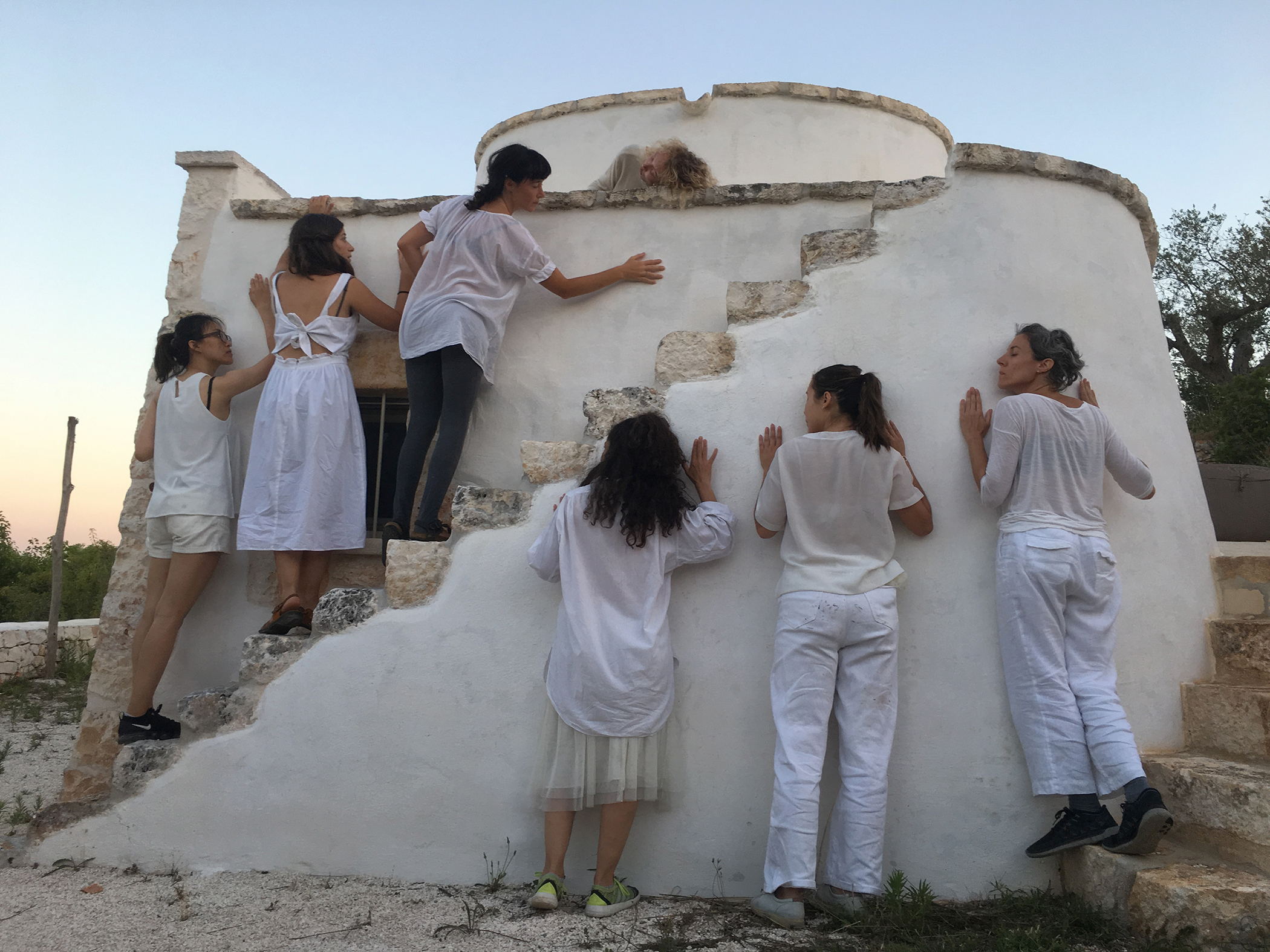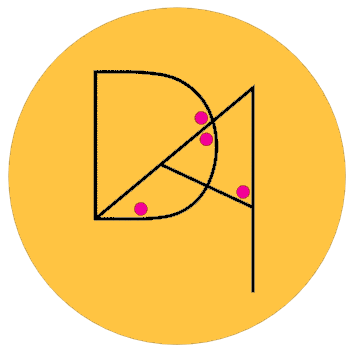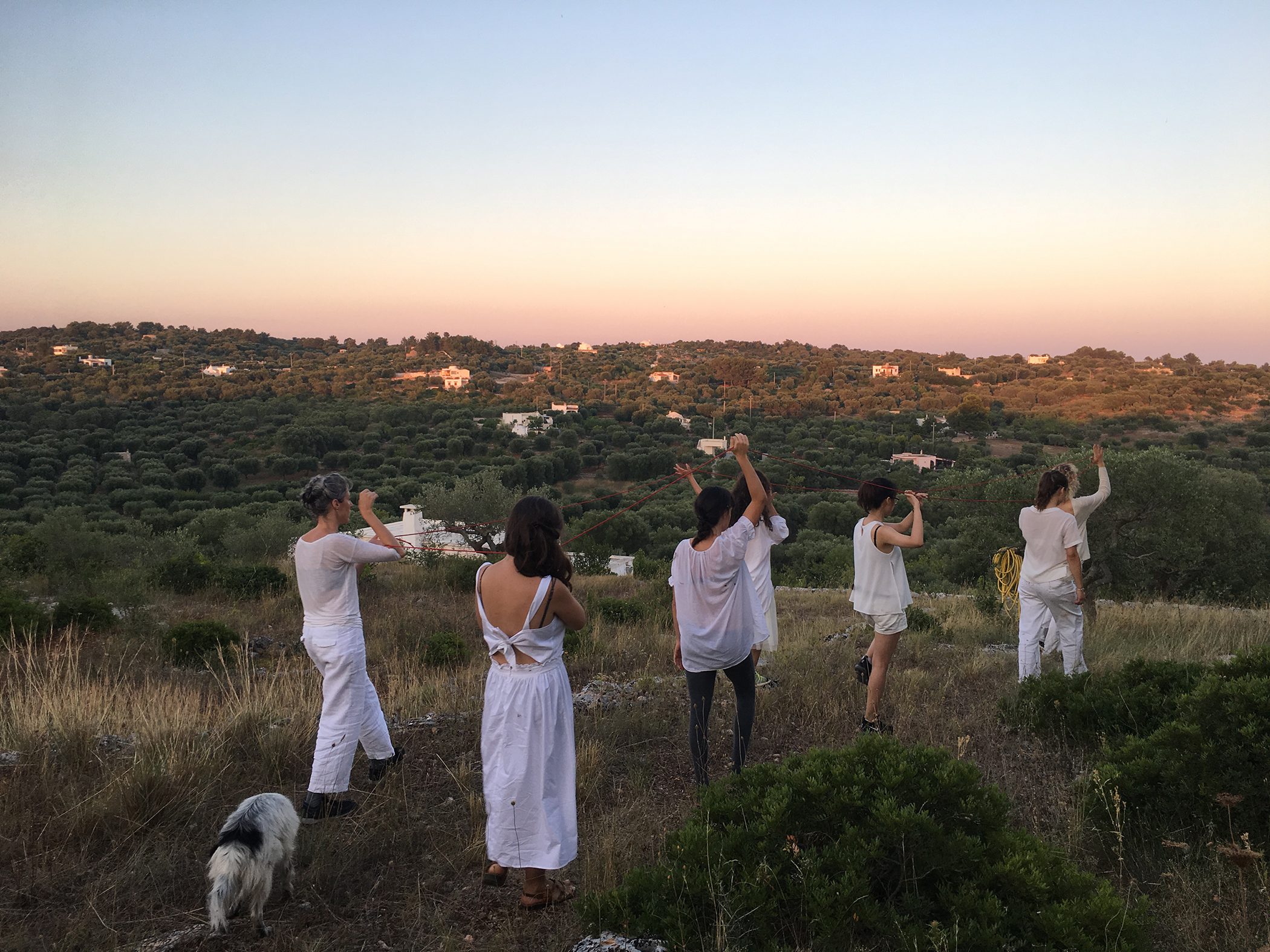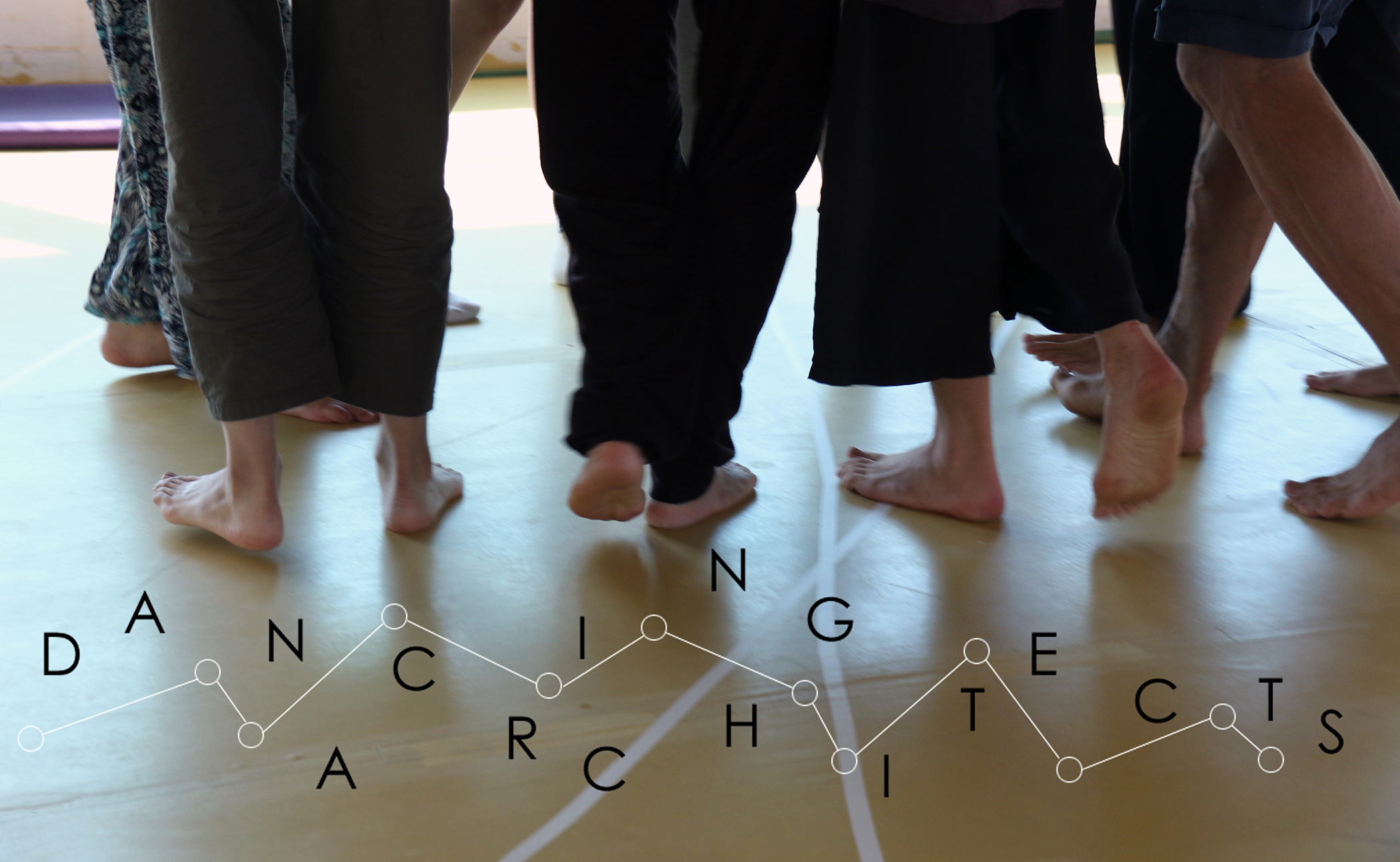Words by Ines Carvalho
What do dance and architecture have in common? Some words navigate into our minds, like space or aesthetics, that immediately brings us to a theatre stage or the frontage of a building. And, perhaps at the same time, we get a sense of how we felt during the performance that we watched on that stage, or that building which was the house where we grew up. This connection was built with memories, experiences — with our relationship with a specific space. This personal experience of space is one of the starting points of Dancing Architects, an interdisciplinary research platform that bridges dance and architecture. Dancing Architects engages with movement as an agency and the medium for architectural thinking and creation of space through open conversations and workshops created and led by architect Takako Hasegawa and dance artist Julie Anne Stanzak, member of Tanztheater Wuppertal Pina Bausch.
We spoke with Takako, founder of Dancing Architects, who reinforced that this connection between dance and architecture goes far beyond the perception of space indeed. “What happens within the space is really important for me; how you’re experiencing it, how it changes inspired by each other’s experiences. And probably this is talking about performance, too. Without even noticing, I started using this changing aspect of the space in my practice. And at one point in my architectural education, one of my tutors said: ‘This is choreography’. I didn’t notice that immediately, but one thing that I always felt passionate about was watching dance. I enjoy being in the audience and being totally immersed, moved and inspired. I also like to look down on the stage; once I see the whole space as a moving plan, inhabited by different movements and experiences.”
Spatial experiences are never static, our perception changes as we move — so is dance that is an art in time and space. Convinced that there is so much to discover, Takako decided to launch Dancing Architects in 2019. However, this was a concept that was resonating with her thoughts since the early years of her career as an architect and lecturer. “This connection between dance and architecture was in my mind for years and years until I decided to start attending to more performances and their post-show talks,” she added. “I started being interested in listening to dancers talking and what struck me was that every time I was listening to dancers talking about their work, or about space, I could listen to them just like if they were architects talking instead. It was so amazing to realise how much we share, even if we didn’t know it.”
In an age of digitalisation, Dancing Architects is a call to action for architects to get focused again on their bodies and to engage with space with human senses. Nevertheless, the message is dedicated to all of us, who often forget about the benefits of dancing and how movement can impact our lives positively. Moved by her own experience as a dance enthusiast, Takako also remembers the power of trust and sense of community that emerges when you dance in a group, which was also key during the first Dancing Architects Summer Residency in July 2019 in Apulia (Italy). The week started with improvisation workshops led by Julie, who posed multiple questions to the participants expecting to receive their responses through movement. Afterwards, Takako adapted those questions to give them a spatial approach. Despite the fact they were all dancing in a studio space, they were asked to go back into their childhood years and the spaces that were part of those memories. Suddenly, the studio was filled with flashes of living rooms, garages or backyards. “By the end of this exercise,” says Takako, “the whole studio was loaded with memories. We couldn’t see it as a studio anymore.”
After the work in the studio, it was time to bring in architecture and combine both disciplines. “We left the studio and we went to the old town. Then, we spontaneously respond to the streets, to the walls, to the built environment, to the people passing by. So we sort of start to engage with the given space. And that’s what I have been trying to do with dance and architecture: to detach those movements inspired by physical memory and then relocate them to another space where the memory has to be reinterpreted on the new space; how we adopt this new space as part of our memories.” The final result was shown on a performance with guests.
Due to the Covid-19 pandemic, the 2020 Summer Residency could not take place. Still, Takako feels optimistic about the future and plans to take the Residency to other cities around the world with a programme of movement workshops, talks and seminars on architecture and dance. Dancing Architects is a platform that proofs we can learn so much from crossing disciplines and sharing practices. So why not accept its challenge of moving the boundaries of our own perception?
©Dancing Architects




